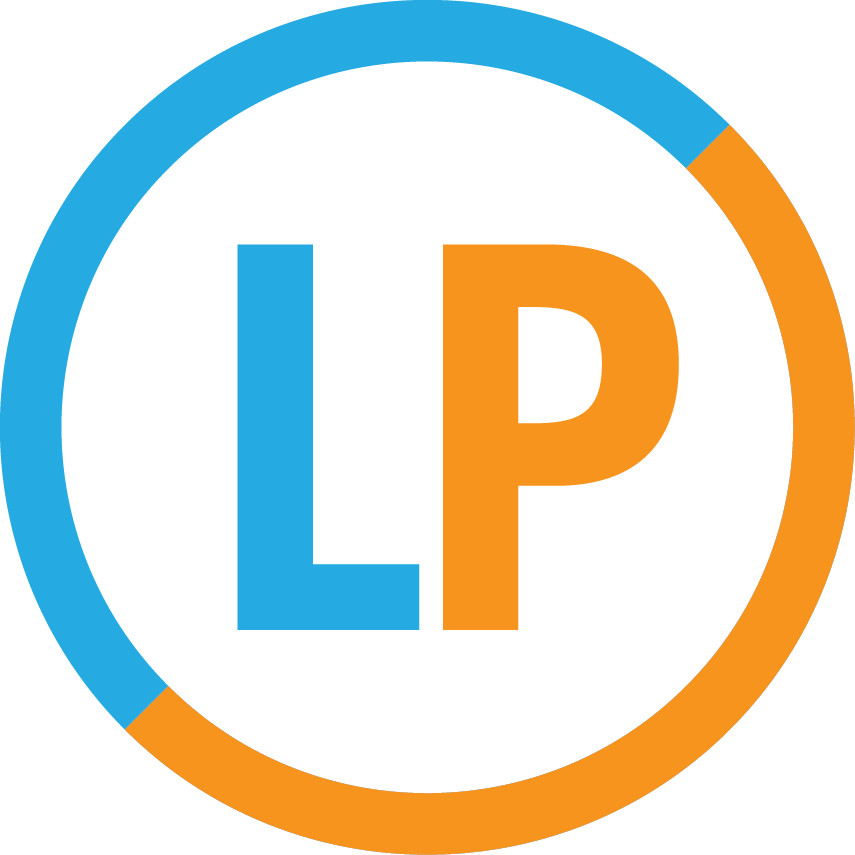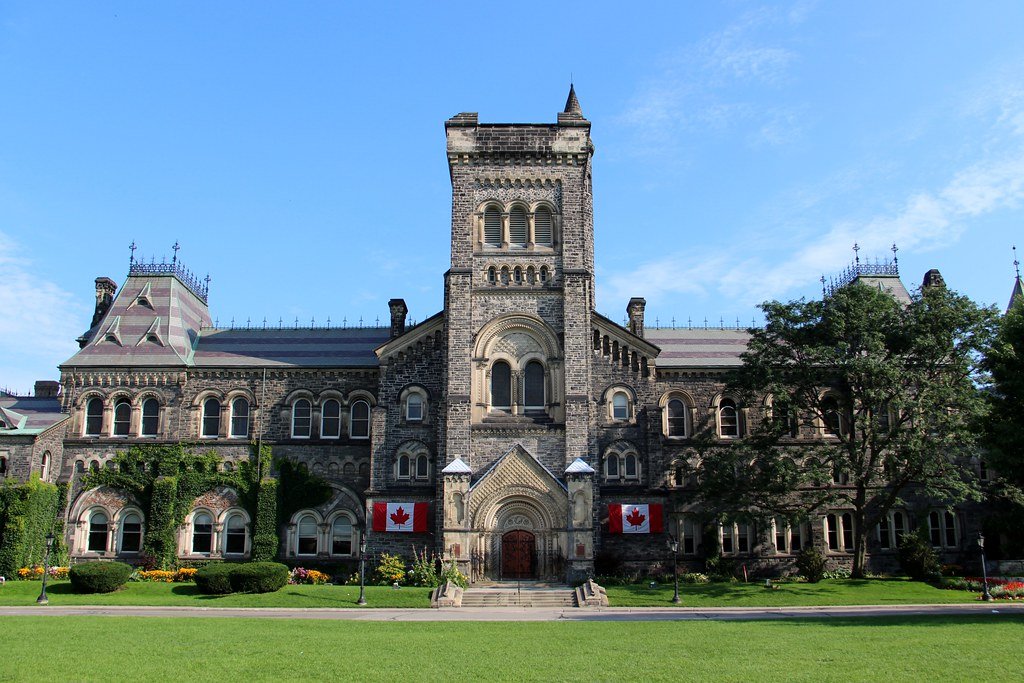Did you know Canada is the 3rd leading destination for international students? Over 800,000 international students study annually at its 97 universities, about ⅓ of which are considered top academic institutions.
Though Canada is often an afterthought for students applying to study in North America, it shouldn’t be! The Great White North has a lot to offer ambitious international students. Here’s everything you need to know:
Why Study in Canada?
University College at the University of Toronto. Image
Applying is much easier and simpler than in the US. You can complete most Canadian university applications in 30 minutes or less, without the stress of crafting a perfectly executed activities list or re-entering all the course information from your transcript.
You can easily work while on a student visa. Most university students can qualify to work up to 20 hours per week while classes are in session, and up to 40 hours per week during breaks. Canadian universities also tend to build in lots of co-op programs and other hands-on learning opportunities into their curriculums.
High-quality education at a fraction of the cost. Canadian universities are globally recognized as offering a high quality of education—especially renowned institutions like the University of Toronto, University of British Columbia, and McGill University, which all consistently rank in the top 50 in the world. Tuition and fees for international students are typically half or less of what it costs to attend a US university (thanks to government subsidies), and nearly all institutions offer some type of scholarships or grants for international students (which is not common for highly selective universities in the US).
More accessible acceptance rates. The University of Toronto, ranked #18 in the world, has an overall acceptance rate of 43% (as opposed to the 3-5% acceptance rates at most Ivy League institutions). Although some programs are much more selective—such as engineering, computer science, and business—UT’s overall accessibility is much higher than similarly ranked US universities. UBC and McGill both operate in a similar fashion.
Safety and quality of life. Canadian cities are extremely safe, and their cultural diversity, modern infrastructure, and relative affordability also contribute to an excellent quality of life. Vancouver, Calgary, and Toronto are all consistently ranked in the top 10 of the EIU’s Global Liveability Index out of 172 cities worldwide.
Opportunity to stay in Canada, become a permanent resident, and (eventually) a citizen. If you graduate from a Canadian university, you’re automatically eligible to stay and work in Canada for at least three years. By that point, you’ll likely have accumulated enough points to apply for permanent residency through the Federal Skilled Worker Program (or Express Entry). From there, you’re essentially just a citizenship test away from becoming a Canadian!
How To Apply
The Canadian application process is much simpler than the process for most US universities—to the point where you might find yourself wondering if you’ve missed something!
Applications for most institutions open in late September or October (compared to August 1 for the Common App). Students should ideally complete their applications by mid-November, but the final deadlines for most programs are not until mid-January. Some institutions or programs continue to accept applications on a rolling basis after the January deadline.
In most cases, students apply to specific faculties or programs rather than to the university in general. Most universities allow you to apply to 2-3 programs; if you apply to multiple programs, you’ll receive a separate admission decision for each one.
Where to Apply
The Fine Arts Building at McGill University in winter. Image
Several provinces have centralized application sites that make it easy to apply to multiple universities at once. Most universities also have their own individual applications, but for any student planning to apply to a variety of universities within the same province, the centralized sites are the simplest option. These include:
Ontario Universities’ Application Centre (OUAC) – The centralized location to apply for public universities in Ontario such as University of Toronto, York University, and University of Waterloo.
EducationPlannerBC – The centralized location to apply for public universities in British Columbia such as University of British Columbia and University of Victoria.
ApplyAlberta – The centralized location to apply for public universities in Alberta such as University of Alberta and University of Calgary.
Other provinces don’t have centralized systems, so you have to apply individually to each university. The most popular individual application option for our students is:
McGill University (Quebec) – A world-renowned dual-language (English and French) university located in Montreal.
A few Canadian universities do accept the Common Application in addition to their individual or provincial application forms. For the 2023-2024 application cycle, these are:
Bishop’s University (Sherbrooke, Quebec) – one of the only liberal arts universities in Canada and the only English-language university in Quebec outside of Montreal.
Queen’s University (Kingston, Ontario) – a selective and well-known research university in Ontario (can also apply via OUAC).
St. Thomas University (Fredericton, New Brunswick) – a small Catholic university in New Brunswick.
University of Guelph (Guelph, Ontario) – a comprehensive research university about 1 hour west of Toronto, boasting the #1 veterinary medicine program in Canada and #3 in North America (can also apply via OUAC).
Admission Criteria and Required Materials
Ladner Clock Tower and the Irving K. Barber Learning Centre at the University of British Columbia. Image
In Canada, applicants must meet the minimum requirements for the university or program to which they’re applying (some exceptions can be made for extenuating circumstances reported on the appropriate post-application form).
Minimum Entry Requirements
These vary by university and program; for example, Bishop’s University requires a minimum 3.5/4 (or 80/100) unweighted GPA for all programs. In contrast, York University requires a minimum “B” average for most programs, however some programs have higher minimums (i.e. Business requires an “A” average and Computer Science and Design both require an “A-” average).
Meeting the minimum requirements for your program of interest does not guarantee admission, but it does give you a strong chance of being admitted.
Additional Materials and Testing Policies
In addition to your application, universities will require your official high school transcript.
Some programs may also require an essay, interview, portfolio, or audition. These additional material requests are usually found in your applicant portal after submitting your application.
Most Canadian universities are currently test-optional for US and other international applicants (as of the 2023-2024 application cycle), however this is a temporary policy for many. Before the pandemic, most Canadian universities required the SAT or ACT from all US applicants, so it’s possible those requirements will be reinstated in the future.
Tips to Ensure Success
If your program of interest has any specific prerequisite courses (such as Calculus, Biology, or a foreign language), it’s important to take those courses in 11th or 12th grade as they often don’t “count” when taken in 9th or 10th grade.
12th grade courses and grades are very important. If you receive an offer of admission, you are expected to maintain at least the minimum GPA required by the program (and preferably maintain the GPA with which you were admitted, if it’s higher than the minimum). There is very little flexibility on this, so make sure you continue to excel throughout senior year!
Once enrolled, changing your program of study can be difficult depending on what program you were originally enrolled in, what program you want to change to, and when you decide to change. Before applying, do your research to understand what limitations exist for your programs and universities of interest.
Next Steps
For help with university and program selection, and more expert advice on navigating the Canadian application process, consult a College Advisor!






